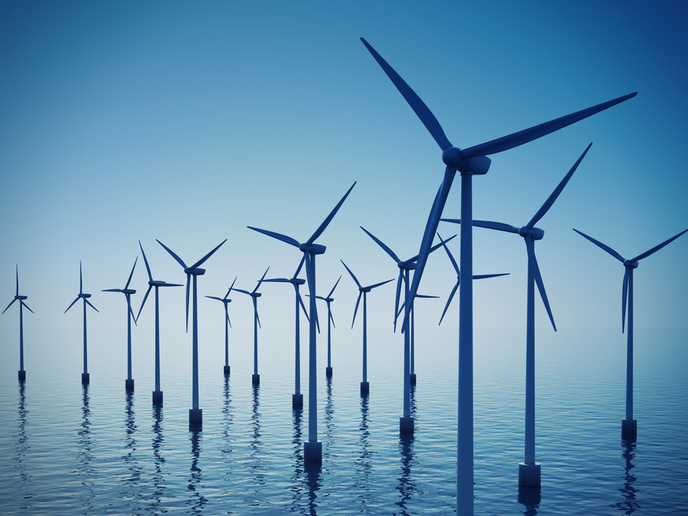Developing an efficient and cost-effective wind energy technology
With the widely recognised importance of offshore wind energy in reducing greenhouse gas emissions and increasing energy security and diversity, there’s a growing need to offer more cost-competitive technology solutions. The EU-funded PivotBuoy project is developing a novel system that will reduce the cost of floating offshore wind turbines and also facilitate faster connection of such platforms. As explained in a news item on the project website, the partners have completed the design of the new system that is now ready for manufacturing. “The design phase has been completed after 10 months of intense design work,” the news item states. It notes: “The PivotBuoy Project aims to validate the benefits of the ‘PivotBuoy’ system, An Advanced System for Cost-effective and Reliable Mooring, Connection, Installation & Operation of Floating Wind. This will be done by testing a part-scale platform with a Vestas V29 turbine adapted in a downwind configuration and grid connected to PLOCAN test site in the Canary Islands.” The team held a detailed design review meeting in Barcelona recently. “The project has now entered the manufacturing phase prior to assembly and installation which is planned for Autumn 2020,” according to the same news item.
Wide impact
Project partners believe the new technology will have a sector-wide impact. According to the project website, “the system can be integrated not only in floating wind platforms using single point moorings systems but also in other sectors such as wave energy and tidal industries.” It adds: “The project consortium, combining experienced industrial partners from the oil&gas, naval and offshore wind sectors with cutting-edge R&D centres, will also bring additional innovations in components, materials and installation and O&M techniques, advancing the state-of-the-art of the floating wind sector.” O&M stands for operation and maintenance. The PivotBuoy (PivotBuoy - An Advanced System for Cost-effective and Reliable Mooring, Connection, Installation & Operation of Floating Wind) project will end in March 2022. As the platform can operate at an increased water depth, it will open up hundreds of sites that were previously technically or commercially inaccessible. The system focuses on the combination of SPM systems with tension-leg platform (TLP) systems, and a more efficient downwind structural design. SPM refers to the pre-installation of the mooring and connection system using small vessels, while the TLP involves weight reduction, reduced mooring length and enhanced stability.
Reduction in weight and costs
Thanks to the PivotBuoy system, floating platforms can align themselves passively with the wind, as can be seen in a project video. The PivotBuoy technology enables a significant weight reduction in floating wind structures compared with current spar and semi-submersible systems. Project partners hope that the system will reduce platform weight by as much as 80 % and costs by 50 %. For more information, please see: PivotBuoy project website
Keywords
PivotBuoy, wind, single-point mooring, floating wind, wind energy, offshore wind, energy



